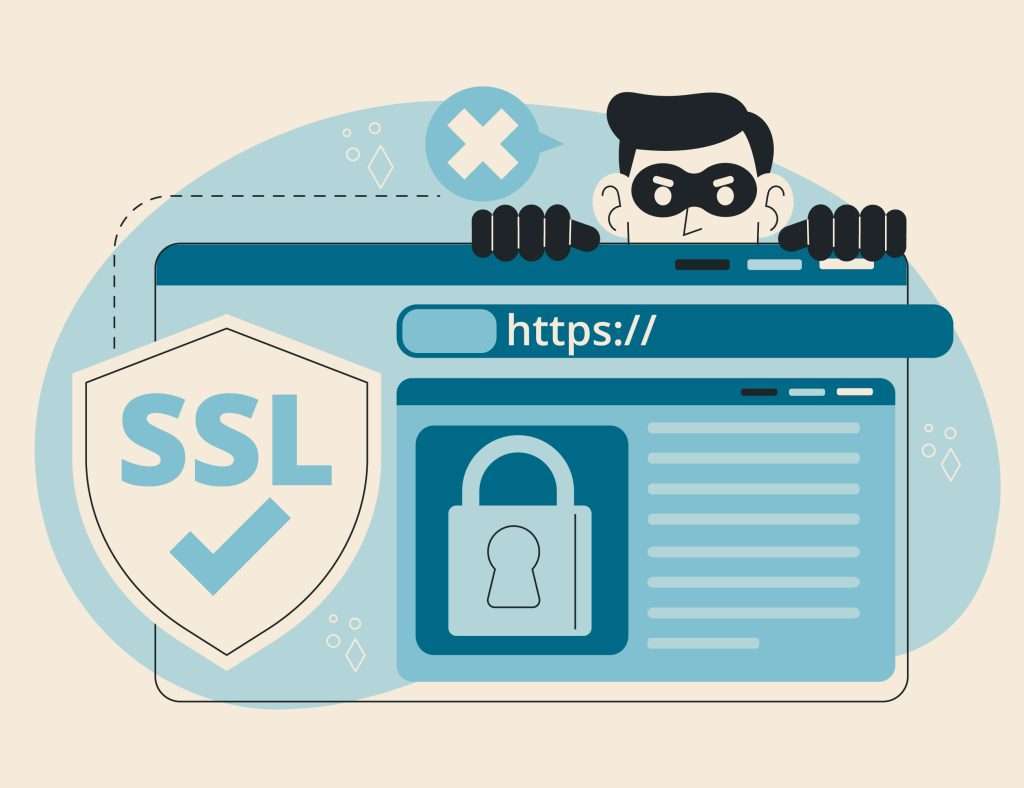When searching for ways to enhance digital safeguards, you may come across various sources offering guidance. However, filtering through what’s specific to your role and what can be impractical noise is crucial.
A clear understanding of practices that blend into your day-to-day activities can forge stronger defenses against an ever-evolving landscape of digital threats.
Reading this could be the pivot towards fortifying your cybersecurity posture 🔒💻. The selected insights reflect a blend of foundational approaches and nuanced techniques, tailored to the unique challenges faced by IT professionals.
The Foundation of Cyber Hygiene
Strong Password Policies
Implementing stringent password policies is the first line of defense 🔑. Passwords should be long, unique, and complex, combining letters, numbers, and special characters.
Tools such as password managers can aid in generating and storing strong passwords securely, ensuring that even if one account is compromised, the damage does not spread.
Regular Software Updates
Keeping software updated is not merely a convenience upgrade—it’s a critical security measure. Updates often contain patches for security vulnerabilities that, if exploited, could be detrimental.
Automated update policies are recommended to avoid the human error element of forgetting to update critical software and operating systems. 🔄
Thoughtful Clicking Habits
The hurried click on a suspicious link can be the precursor to a security breach. Training yourself to recognize and avoid phishing attempts is fundamental.
Emails, social media messages, and even search engine results can be sources of malicious links. If something looks too good to be true or seems out of character, verify through other channels before engaging.
Multi-factor Authentication (MFA)
MFA adds a layer of security that requires multiple forms of verification to access an account, thereby reducing the risk of unauthorized access.
Enabling MFA wherever possible, especially for access to sensitive systems and information, is a simple yet potent way to improve security.

Operational Resilience Strategies
Developing Custom Cybersecurity Plans
Organizations are as unique as the threats they face. Crafting specialized cybersecurity plans that consider the specific needs and vulnerabilities of your business is fundamental.
This involves conducting regular risk assessments and developing incident response plans to ensure preparedness for any situation.
Utilizing Expert Cybersecurity Resources
Agencies like CISA offer a wealth of resources designed to bolster cyber resilience 👮♂. These resources extend from strategic guidance to practical tools.
Incorporating these authoritative insights and solutions can elevate the quality and responsiveness of your cybersecurity program.
Cybersecurity Training for Teams
An informed team is a cyber-secure team. Providing regular training on best practices and emerging threats can transform your staff into an effective frontline defense.
This involves simulating phishing attacks, educating on secure internet practices, and keeping everyone updated on the latest security protocols.
Holiday Period Vigilance
Cybersecurity threats often escalate during peak online shopping periods. Being particularly watchful and applying strict controls during these times is critical.
Establishing protocols for verifying online shopping sites and secure payment methods can minimize the risk of financial fraud and identity theft.
Advanced Defensive Measures
Secure File-sharing and Storage
With data breaches increasingly targeting file storage and sharing practices, encrypting sensitive information is essential.
Using secure file-sharing solutions and robust encryption methods for data at rest and in transit can protect proprietary and personal information from unauthorized access.
VPN Utilization
Virtual Private Networks (VPNs) create secure connections over the internet, which can be particularly useful when using public networks.
VPNs encrypt data, making it challenging for outsiders to intercept sensitive information, and they cloak your internet activity, including your location.

Adware and Malware Protection
Malware can infiltrate systems through seemingly innocuous routes like adware. Using tools to clean these unwanted programs helps maintain system integrity. 🚨
Ensure all systems have reliable anti-malware software installed, and conduct regular scans to thwart potential infections.
Enhancing Network Security
Network defenses must be capable of repelling threats both known and unknown. This includes using firewalls, intrusion detection systems, and rigorous network access controls.
Assessing and improving the security of the network infrastructure may involve engaging with cybersecurity specialists to identify and address weaknesses.
Elevating Web Presence Security
Secure Sockets Layer (SSL) Certificates
SSL certificates are critical for any site that handles sensitive information. They ensure that data transferred between users’ browsers and your web server is encrypted.
This secures user data, boosts customer trust, and is now considered a standard security measure for websites.
HTTPS Enforcement
Ensuring your website uses HTTPS rather than HTTP is essential for maintaining a secure connection and protecting user privacy.
HTTPS prevents the ‘man-in-the-middle’ attacks where attackers can intercept data between your website and a user’s browser.

Regular Data Backups
Backing up data is an essential disaster recovery practice. Storing copies of data in secure cloud services or on external drives can save crucial information in case of a cybersecurity incident.
Regular backups, along with testing recovery procedures, are indispensable to ensure business continuity.
Public Network Precautions
Public networks, often necessary when on the move, pose significant security risks. When using such networks, a VPN should be employed to create a private browsing experience.
Avoiding sensitive transactions on public networks can prevent potential eavesdroppers from intercepting confidential information.
Conclusion
Embracing a proactive and comprehensive cybersecurity approach is vital in the face of evolving digital threats. These cybersecurity tips, ranging from foundational practices to advanced defense measures, offer a versatile guide for individuals and IT professionals alike.
From strong password policies to operational resilience strategies, these tips provide a multifaceted defense against cyber threats. The collective implementation of these measures builds a robust defense, ensuring digital safety in an increasingly dynamic online landscape.
Cybersecurity is a shared responsibility, and by incorporating these practices, we contribute to creating a more secure digital environment. Stay vigilant, stay informed, and stay secure. 🔐🚀
- The Agentic Startup Manifesto - June 8, 2025
- Remote Hiring in 2025 - April 5, 2025
- Burnout in Remote Teams: How It’s Draining Your Profits - January 27, 2025
